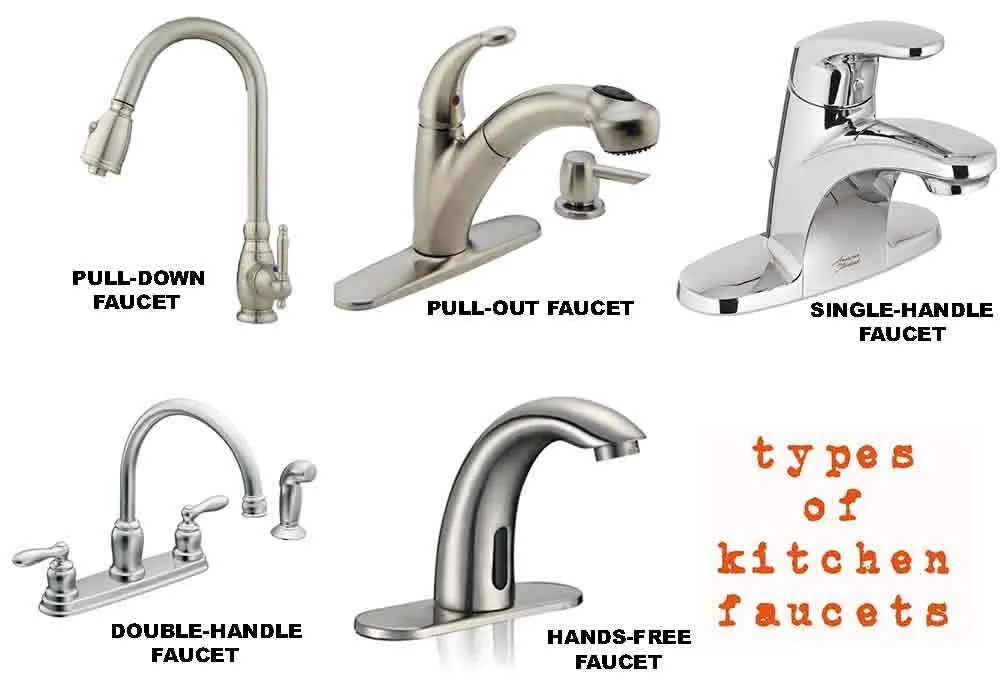Installing a new kitchen sink faucet can be a great way to update the look and functionality of your kitchen. However, before you can enjoy your new faucet, you need to make sure it is securely mounted. Here's a step-by-step guide on how to properly install a kitchen sink faucet mounting.1. How to Install a Kitchen Sink Faucet Mounting
The first step is to remove the old faucet and clean the sink area thoroughly. Once the sink is clean and dry, you can begin the installation process. Start by attaching the mounting bracket to the bottom of the faucet using the provided screws. Next, place the mounting bracket on the sink and secure it by tightening the mounting nuts from underneath. Make sure the faucet is level before fully tightening the nuts. Once the faucet is securely mounted, you can connect the water supply lines. Use Teflon tape on the threads to prevent any leaks. Then, turn on the water supply to test for any leaks and make any necessary adjustments. Finally, install the handles and any additional components, following the manufacturer's instructions. And voila, your new kitchen sink faucet is now properly mounted and ready to use!2. Step-by-Step Guide for Mounting a Kitchen Sink Faucet
When installing a kitchen sink faucet, there are a few best practices to keep in mind. First, always read the manufacturer's instructions carefully and follow them closely. This will ensure proper installation and prevent any potential issues. It's also important to make sure the faucet is securely mounted on the sink to avoid any leaks or wobbling. Check the faucet periodically to ensure it is still properly mounted and make any adjustments if necessary. Lastly, consider hiring a professional plumber if you are not confident in your plumbing skills. A properly mounted kitchen sink faucet can save you from costly repairs in the long run.3. Best Practices for Mounting a Kitchen Sink Faucet
When it comes to mounting a kitchen sink faucet, there are a few common mistakes that can easily be avoided. One of the most common mistakes is not properly tightening the mounting nuts, which can lead to leaks and a wobbly faucet. Another mistake is not properly aligning the faucet with the sink, resulting in an awkward and uncomfortable washing experience. It's important to make sure the faucet is centered and at the right height for easy use. Additionally, not using Teflon tape on the water supply line threads can also lead to leaks. Make sure to use this inexpensive and easy solution to prevent any potential water damage.4. Common Mistakes to Avoid When Mounting a Kitchen Sink Faucet
To properly mount a kitchen sink faucet, you will need a few tools and materials. These may include a sink wrench, adjustable wrench, Teflon tape, and a screwdriver. You may also need a drill and drill bits if you need to create additional holes in the sink for the faucet. It's always a good idea to gather all the necessary tools and materials before starting the installation process to avoid any delays or frustration.5. Tools and Materials Needed for Mounting a Kitchen Sink Faucet
When it comes to choosing the right kitchen sink faucet mounting, there are a few factors to consider. First, make sure the mounting is compatible with your sink and faucet. Different sinks and faucets may require specific types of mountings. It's also important to consider the overall design and style of your kitchen. The mounting should complement the rest of your kitchen's aesthetic to create a cohesive look. Additionally, consider the durability and functionality of the mounting. You want a sturdy and secure mounting that will last for years to come.6. Tips for Choosing the Right Kitchen Sink Faucet Mounting
Properly securing a kitchen sink faucet is crucial to avoid any leaks or wobbling. To ensure a secure mounting, make sure to properly tighten the mounting nuts and check for any potential gaps between the faucet and sink. If the faucet is still wobbly, you can use plumber's putty or silicone caulk to fill in any gaps and create a more secure seal. Be sure to follow the manufacturer's instructions and allow the putty or caulk to dry completely before using the faucet.7. How to Securely Mount a Kitchen Sink Faucet
If you encounter any issues while mounting a kitchen sink faucet, there are a few troubleshooting tips you can try. If the faucet is leaking, make sure all the connections are properly tightened and use Teflon tape on the threads. If the faucet is wobbly, make sure the mounting nuts are securely tightened and use plumber's putty or silicone caulk to fill any gaps. If you are unsure of how to fix the issue, it's best to consult a professional plumber.8. Troubleshooting Common Issues with Kitchen Sink Faucet Mounting
There are a few different types of kitchen sink faucet mounting options available. The most common is a deck mount, where the faucet is mounted directly on the sink or countertop. Wall mount faucets are another option, where the faucet is mounted on the wall above the sink. This can be a great space-saving option for smaller kitchens. There are also touchless and pull-out or pull-down mountings for added convenience and functionality.9. Different Types of Kitchen Sink Faucet Mounting Options
Properly mounting a kitchen sink faucet can provide numerous benefits. First, it ensures a secure and leak-free faucet, preventing any potential water damage. It also allows for a more comfortable and efficient washing experience. In addition, a properly mounted faucet can enhance the overall look and functionality of your kitchen. It's a simple and cost-effective way to update your kitchen without undergoing a major renovation. In conclusion, properly mounting a kitchen sink faucet is an essential step in the installation process. By following these tips and best practices, you can achieve a secure and functional faucet that will enhance your kitchen for years to come.10. Benefits of Properly Mounting a Kitchen Sink Faucet
Kitchen Sink Faucet Mounting: A Key Element in House Design

When it comes to designing a house, every element counts, no matter how small or seemingly insignificant. This is especially true for the kitchen, which is often considered the heart of the home. From the layout and cabinets to the appliances and fixtures, every aspect of the kitchen must be carefully chosen and placed to create a functional and aesthetically pleasing space. One key element that often gets overlooked but is crucial for both functionality and design is the kitchen sink faucet mounting.
The Importance of Proper Kitchen Sink Faucet Mounting

The faucet is the most frequently used item in the kitchen, making it a critical component of the overall design. A poorly mounted faucet can cause problems such as leaks, low water pressure, and difficulty in using the sink. Not only can this be frustrating for the homeowner, but it can also lead to costly repairs in the long run. On the other hand, a well-mounted faucet can enhance the functionality of the sink and add to the aesthetic appeal of the kitchen.
Factors to Consider When Mounting a Kitchen Sink Faucet

Before choosing a mounting method for your kitchen sink faucet, there are a few factors to keep in mind. First and foremost, consider the size and style of the faucet and how it will fit with the sink and surrounding countertops. Next, think about the type of sink you have, as different mounting methods may be required for different types of sinks. For example, an undermount sink may require a wall-mounted faucet, while a drop-in sink may be better suited for a deck-mounted faucet.
Another important factor is the height and reach of the faucet. The faucet should be mounted at a height that is comfortable for the user, and the spout should have enough reach to easily fill large pots and pans. Additionally, the location of the faucet should allow for easy access to the hot and cold water controls.
Choosing the Right Mounting Method
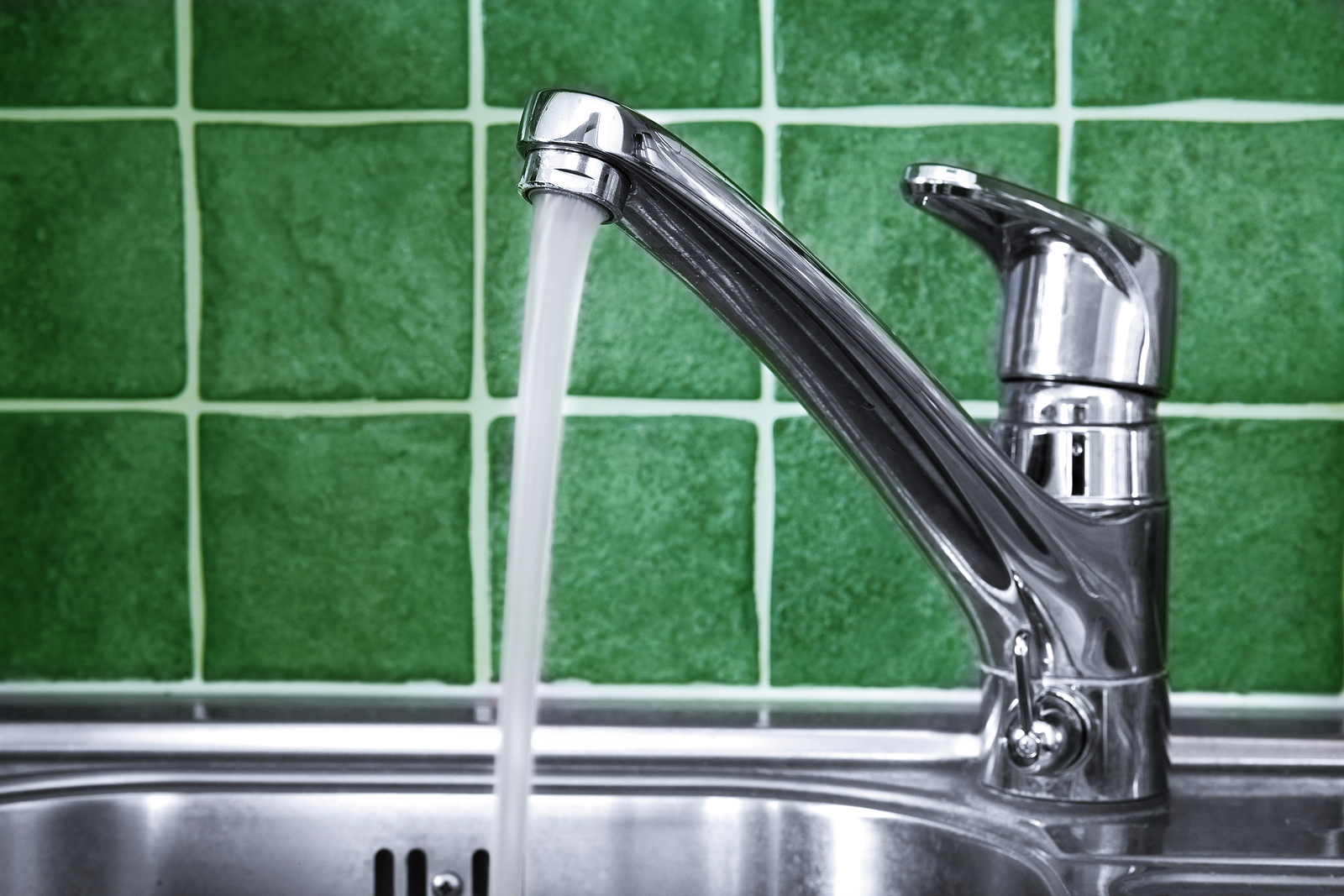
There are three main types of mounting methods for kitchen sink faucets: deck-mounted, wall-mounted, and counter-mounted. Deck-mounted faucets are the most common and are attached to the sink or countertop. Wall-mounted faucets, as the name suggests, are mounted on the wall behind the sink. Counter-mounted faucets are installed directly into the countertop, which can create a sleek and seamless look.
Each mounting method has its own advantages and considerations, so it's important to carefully weigh the pros and cons before making a decision. It's also important to consult with a professional plumber to ensure that the chosen method is compatible with your sink and plumbing system.
Final Thoughts

In conclusion, kitchen sink faucet mounting may seem like a minor detail in house design, but it can have a significant impact on both functionality and aesthetics. By considering factors such as faucet size and style, sink type, and mounting method, you can ensure that your kitchen sink faucet is properly installed and enhances the overall design of your kitchen.
Make sure to choose a high-quality faucet and enlist the help of a professional plumber for proper installation. With the right kitchen sink faucet mounting, you can create a functional and beautiful kitchen that will be the envy of all your guests.




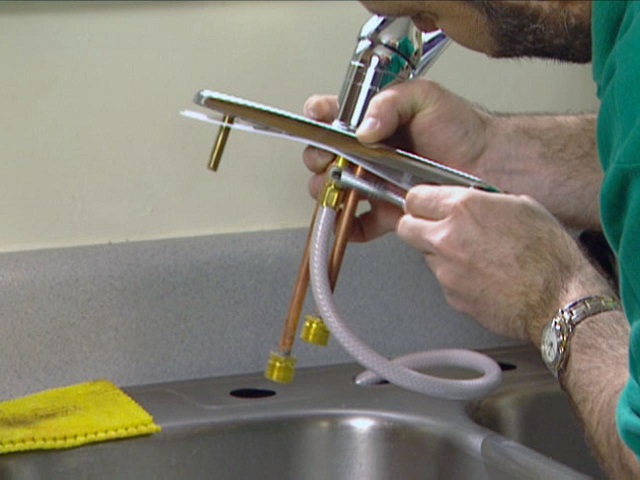


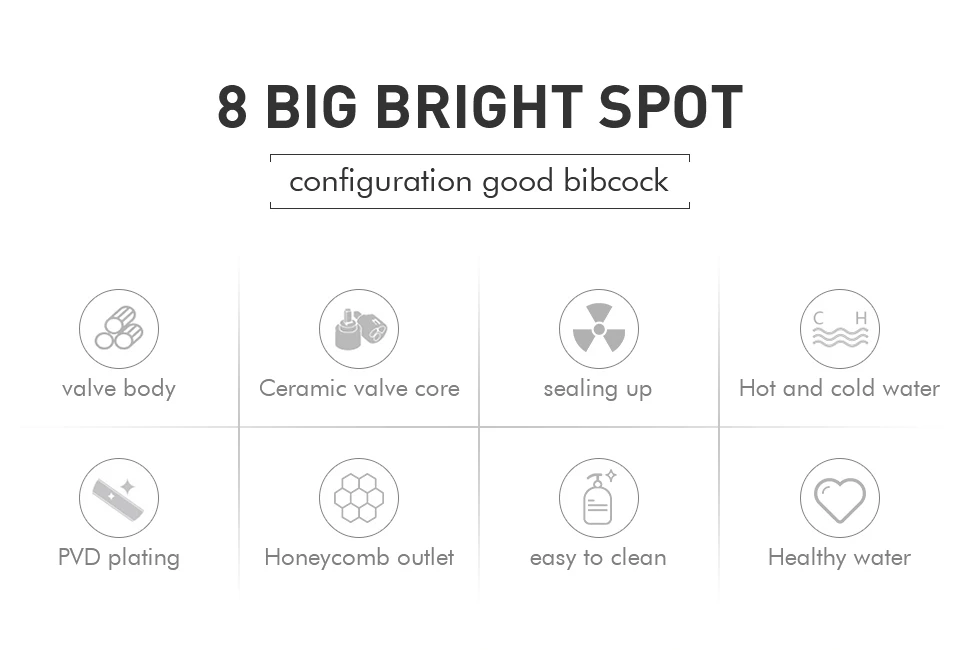



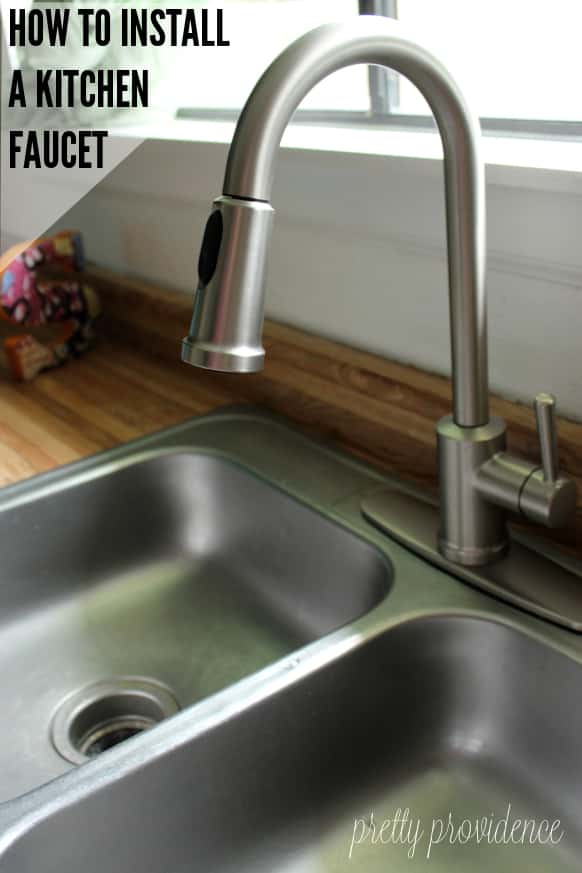




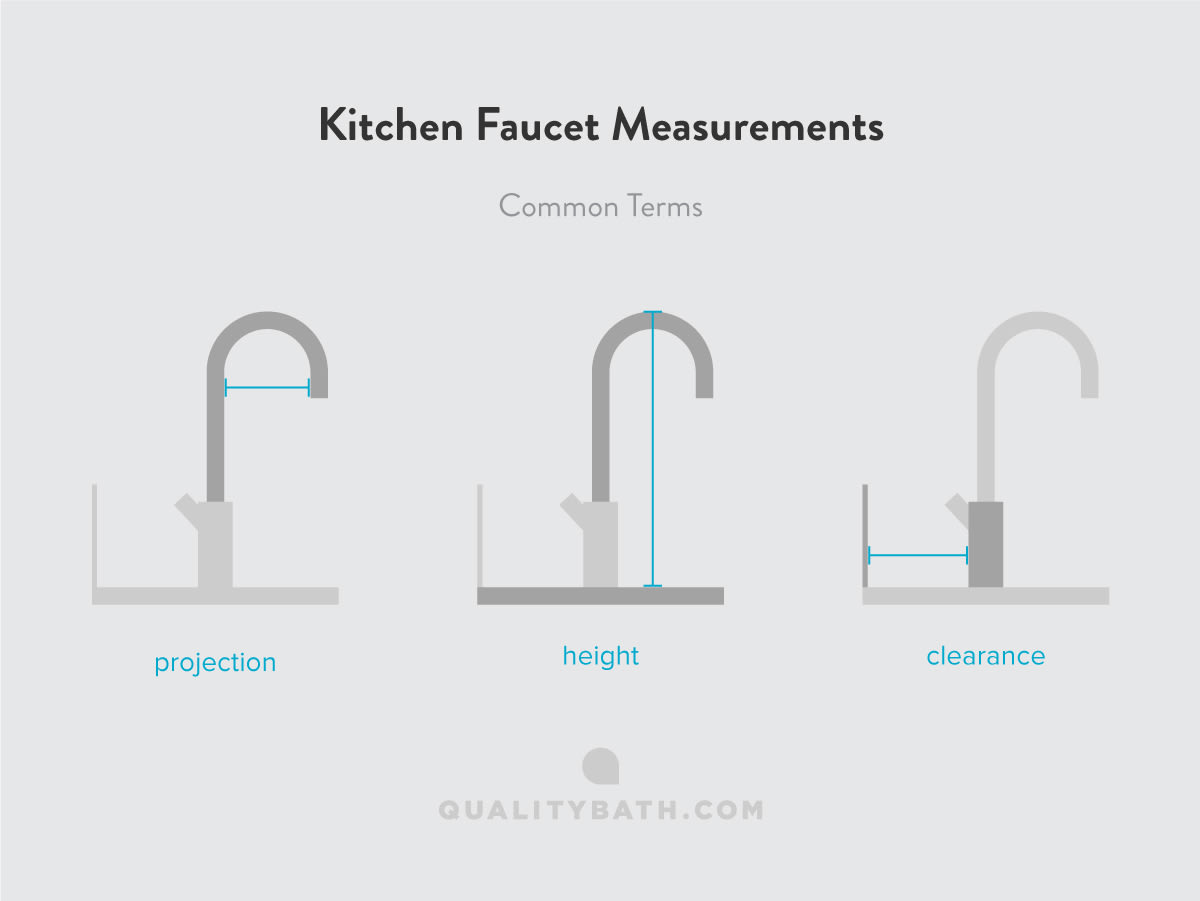
:no_upscale()/cdn.vox-cdn.com/uploads/chorus_asset/file/19495086/drain_0.jpg)

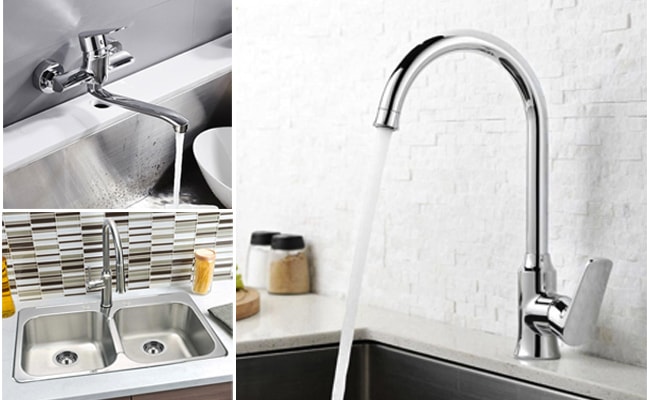



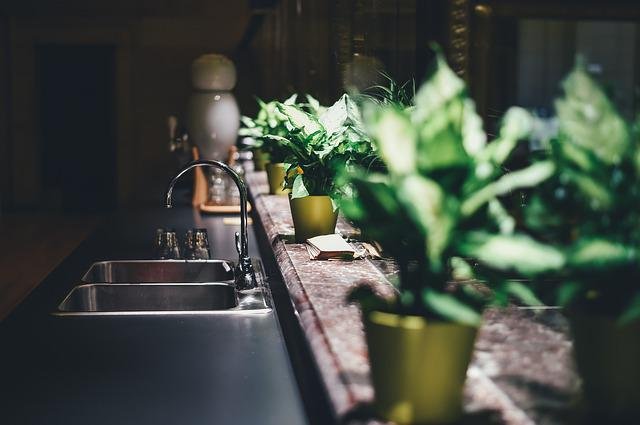
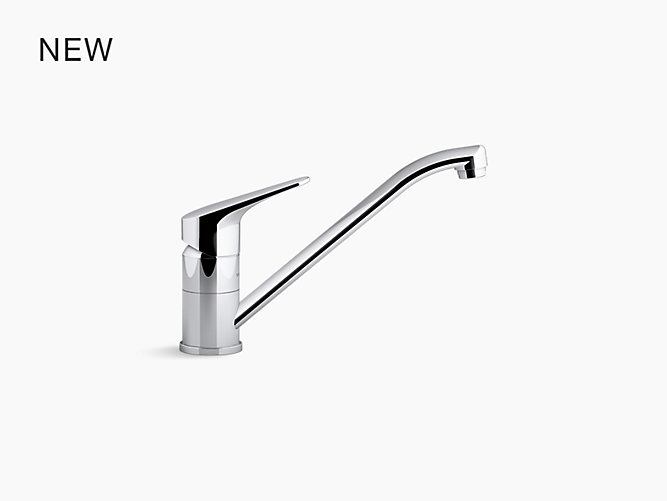











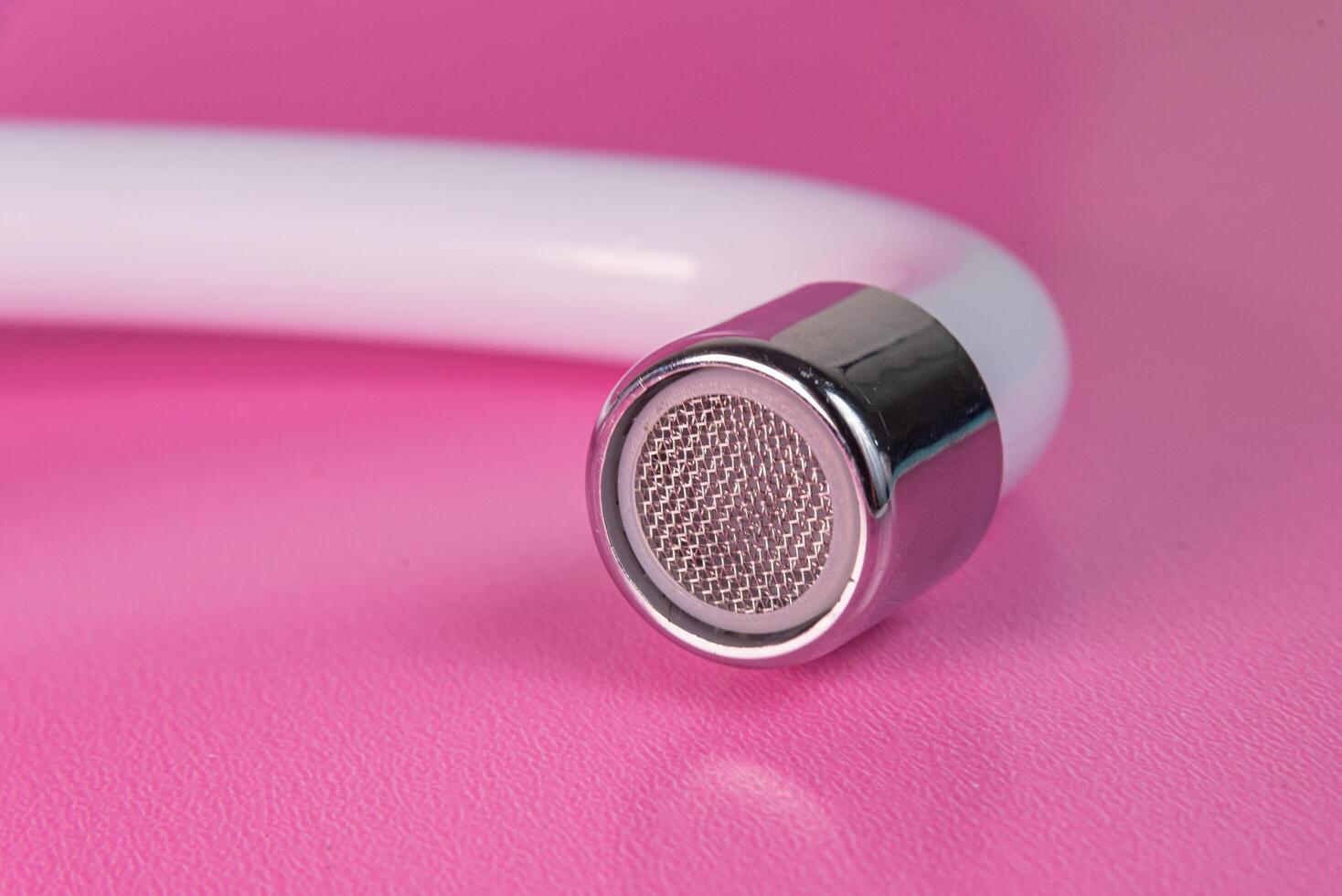



/header-16x19-image-640w-853h.jpg)

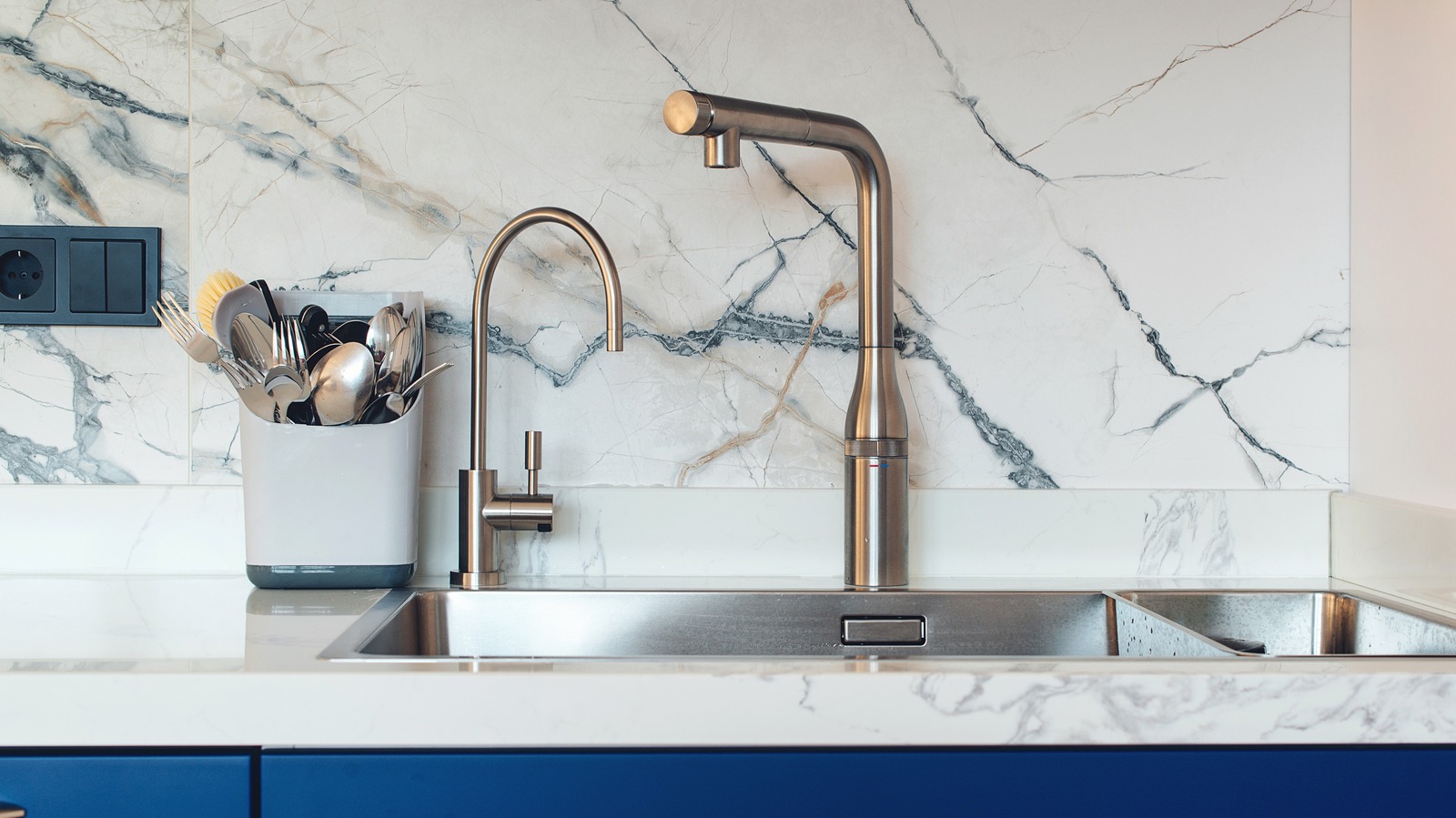






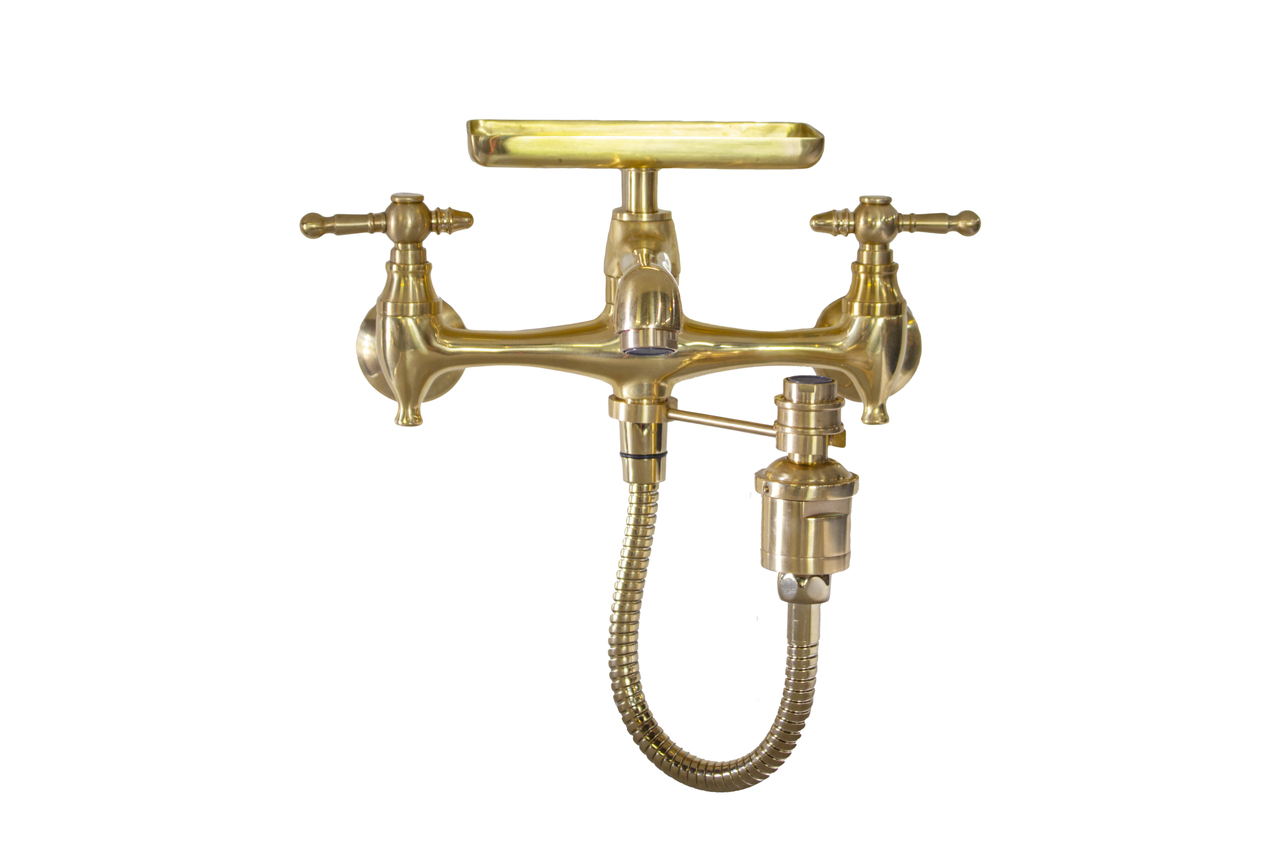





:max_bytes(150000):strip_icc()/Basic-kitchen-sink-types-1821207_color_rev-0b539306b9ef4236a136624ad2a89a4c.jpg)
